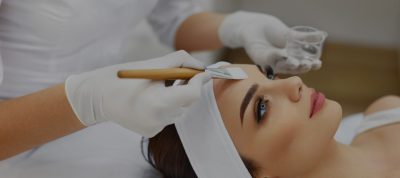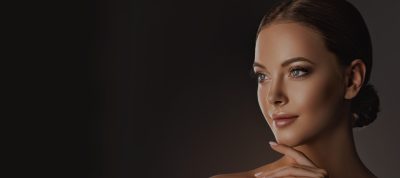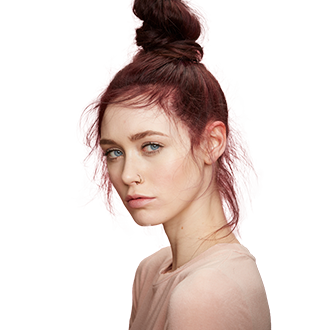
The Summer is almost over and we’re heading into Winter. Why do I need to worry about Sun protection?
The sun exposes us to two different types of radiation:
- UVA (Aging Rays)
- Makes up most of our UV ray exposure
- Longer wavelength, which means it penetrates deeper into the skin
- Main ray for tanning and aging
- UVB (Burning Rays)
- Can burn year-round
- Shorter wavelength, which means more visible damage to skin
- Main ray for sunburns, redness, and skin cancer
The Effects of Sun Damage
- Fine lines/wrinkles
- Dark spots/uneven skin tone
- Sun burns
- Darkens acne spots and prolongs fading
- Skin cancer and melanoma
When choosing a sunscreen, consider the following:
- Physical: Deflects/ blocks rays from the skin and is very stable. This type of sunscreen usually leaves a white cast over skin. Ingredients to look for in a physical sunscreen are Titanium Dioxide and Zinc Oxide.
- Chemical: Absorbs rays to prevent penetration, generally stable though some chemical sunscreens are not, and usually does not leave white cast over skin. Ingredients to look for in a chemical sunscreen are avobenzone, oxybenzone, helioplex, mexoryl, uvinul, homosalate, octisalate, and octylcrylene.
- Mixture: Mix of both physical and chemical sunscreens and leaves minimal white cast. Ingredients to look for in a mixture of both would be a combination of either type of sunscreen.
How much SPF is appropriate?
- Make sure to apply a sunscreen with the SPF of at least 30!
- Make sure to apply enough! At least ¼ teaspoon for face and neck and about 1 ounce for body
- Reapply often. UV rays are the strongest from 12 pm to 4 pm. Make sure to reapply every two hours.











